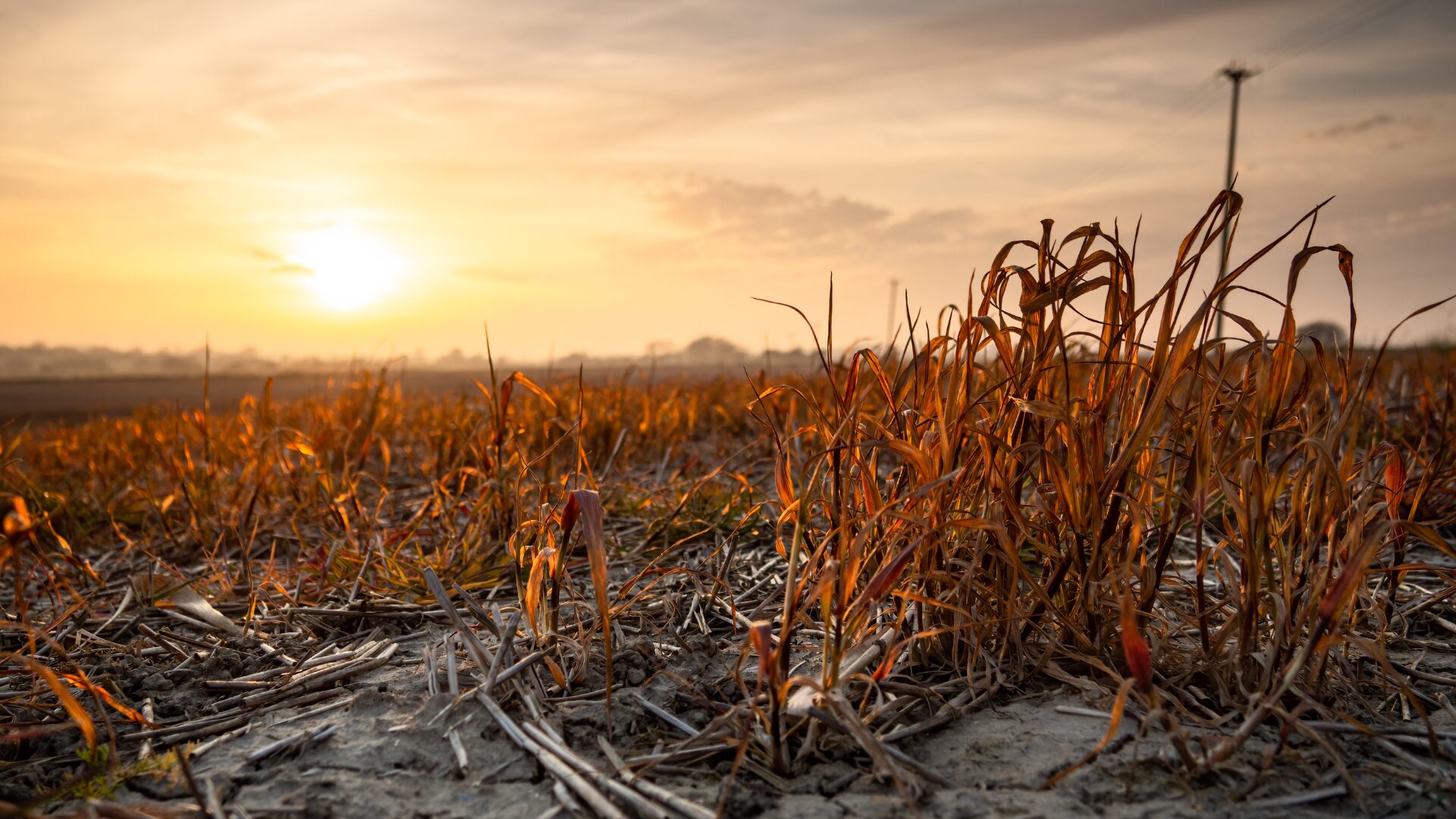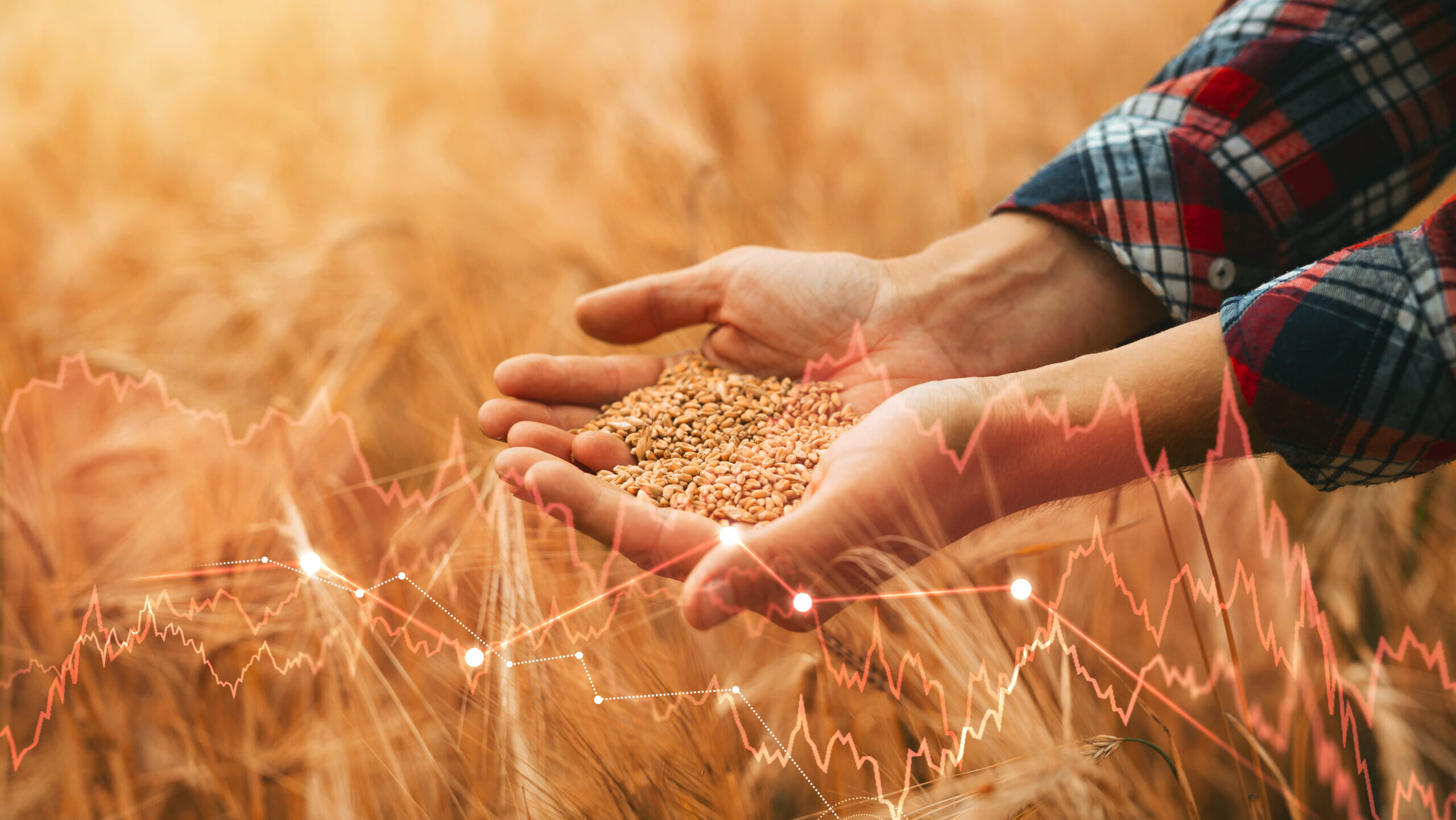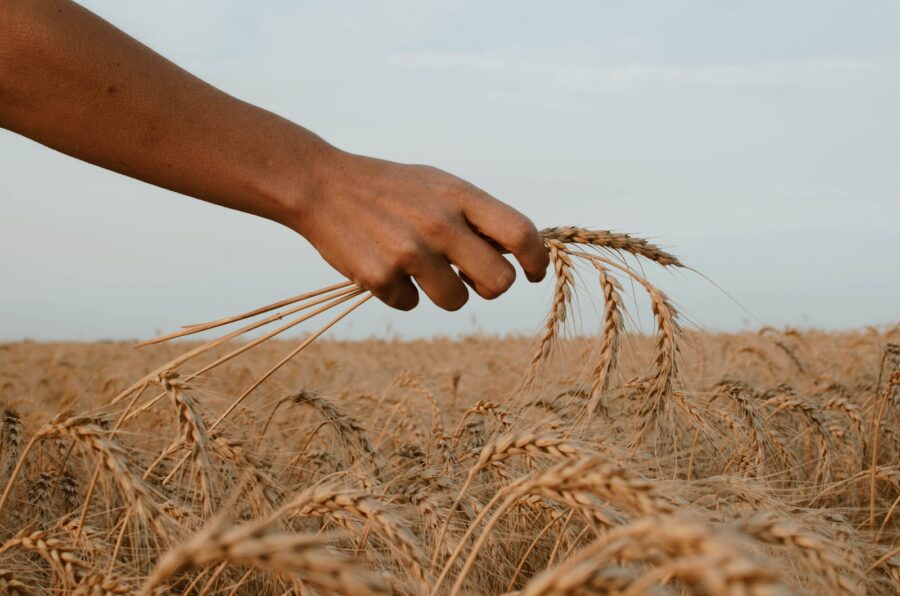U.S. consumer support for domestic agriculture has grown stronger, according to a new survey from the United Soybean Board. In fact, 78% of respondents said it’s important to purchase U.S.-grown food, an 8% increase from a year ago.
With these figures in mind, and against the backdrop of the Russia-Ukraine conflict, throwing support behind U.S. grain production could also be a matter of global necessity.
Implications of Russia-Ukraine Conflict
Russia’s invasion of Ukraine is threatening the world’s wheat and corn markets, prompting countries that rely on imports from the region to seek alternative supplies and heightening concerns about food inflation and hunger.
Grain exports from Russia will probably be on hold for at least the next several weeks. Ukrainian ports have been closed since Feb. 24. As such, the war has temporarily cut off a breadbasket that accounts for more than a quarter of global wheat trade and nearly a fifth of corn.
The disruptions come at a time when global crop prices have already soared to records, while hunger has surged dramatically in the past two years.
“There will be a big impact with respect to wheat prices and prices of bread for ordinary people,” World Trade Organization Director-General Ngozi Okonjo-Iweala said. (Bloomberg, Feb. 25)
Others have an even more ominous view.
“I am convinced it is going to be the biggest supply shock to global grain markets in my lifetime,” said University of Illinois agricultural economist Scott Irwin, who said tens of millions of acres of grain production are at stake.
He said the world “desperately” needs farmers to plant more acres in 2022, but “basically nothing can be done in the short-run except to run up the price of grain high enough to ration demand.” (Bloomberg, March 2)
Ukraine Grain Prospects
Further, there is a chance that supplies for the next season out of both Ukraine and Russia could also be in jeopardy pending the outcome of the conflict. Spring grain planting is right around the corner for both countries.
As for Ukraine, most of the primary growing areas in the south and southeastern regions of the country remain on track for spring planting, according to Dylan Zielonko, a farmer success advocate at funding platform FarmRaise. “But this conflict is escalating. If the invasion extends through the planting season, Ukraine could lose their entire spring-planted crop: corn, barley, sunflowers,” he said in an e-mailed statement to The Food Institute.
Zielonko added that another concern is how the conflict will impede the winter wheat harvest, which generally occurs in July and August following a fall sowing during the previous year.
U.S. Production
Before the initial invasion, prices for hard red winter wheat — the most common wheat variety grown in the U.S. — were already nearing record highs.
Zielonko said that most American farmers, however, will not be able to capitalize on current high bushel prices because more than 80% of the season’s wheat has already been sold. “Even if American farmers could take advantage of the high wheat prices and fill other gaps in a precarious commodity market, the war’s global effect on fertilizer and other input costs and availability would likely eat into whatever profit that is derived from this period,” he said.
Prior to the conflict, U.S. Secretary of Agriculture Tom Vilsack said American wheat farmers would boost production and work to prevent supply chain problems in the event of disrupted Ukraine exports.
During a trade mission to the United Arab Emirates, Vilsack told The Associated Press that a conflict in Ukraine would present an “opportunity, obviously, for us to step in and help our partners, help them through a difficult time and situation.” (ABC News, Feb. 19)












